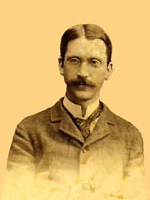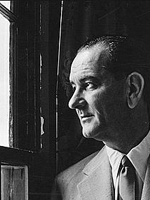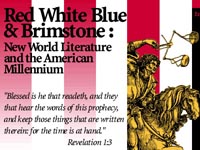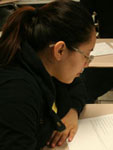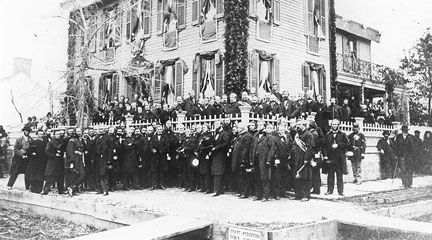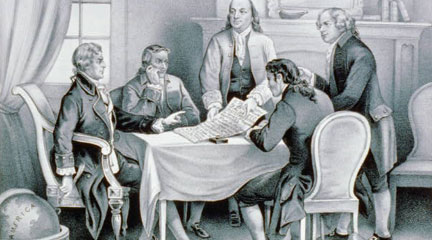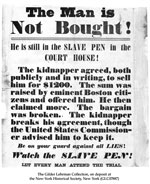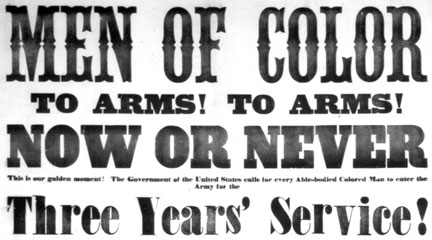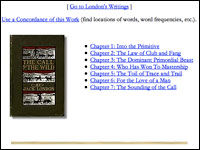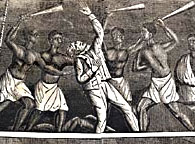Teaser
How did the final version of the Declaration differ from Jefferson's draft?
Description
Using carefully prepared excerpts, students compare and analyze differences between Jefferson's original rough draft of the Declaration of Independence and the final version of the document. They read closely and gain experience in document analysis.
Article Body
We love the way this lesson challenges students to closely read and analyze the two versions of the Declaration of Independence. The two versions of the opening paragraphs of the Declaration are placed side-by-side, in small, manageable chunks of text. Even if a teacher were not using this particular lesson plan, this presentation would be especially useful in helping all students access an otherwise difficult text. Other reading and analysis supports include guiding questions and a step where the teacher models the process of comparing the juxtaposed texts.
The lesson begins with students looking at the first pages of the original documents and answering questions that get at the historical context of the documents, before doing careful analysis of the transcribed prose. These procedures potentially convey the necessity of slowing down to read, question, and understand primary sources. And they do so using the Declaration of Independence, a document that all students SHOULD read!
As it stands, the lesson has plenty of opportunity for reading and discussion, but requires very little writing. Teachers may want to enhance the writing component of this lesson by having students write responses to some or all of the discussion questions. There is also an engaging extension activity that could be enhanced by requiring written responses.
Topic
Declaration of Independence, American Revolution
Rubric_Content_Accurate_Scholarship
Rubric_Content_Historical_Background
Yes The lesson includes links to background information on the writing of the Declaration of Independence, but it assumes some familiarity with the political events of the time leading up to the Declaration.
Rubric_Content_Read_Write
Yes This lesson focuses almost entirely on closely reading the two versions of the document. It calls for some student writing, but there are many points in the lesson at which teachers could easily insert additional writing tasks. For example, students could write responses to most of the lesson's discussion questions.
Rubric_Analytical_Construct_Interpretations
Yes This occurs primarily in the final task, where students suggest possible reasons for the changes between the rough and final drafts. Given sufficient background information, it could also occur as part of the discussion in step three regarding historical context.
Rubric_Analytical_Close_Reading_Sourcing
Yes Discussion questions are structured so students must read both versions of the Declaration closely and carefully in order to answer them.
Rubric_Scaffolding_Appropriate
Yes Some vocabulary may be challenging for some students, but it is well scaffolded: students have an opportunity to identify and define difficult vocabulary before analyzing the document itself, and the text is presented in small, manageable chunks.
Rubric_Scaffolding_Supports_Historical_Thinking
Yes This lesson includes excellent discussion questions to support students' analysis of the documents, and the documents themselves are presented in an accessible format. Also, the teacher models the process of comparing the two versions of the document before students do it on their own.
Rubric_Structure_Assessment
No The final task at the end of step five could be used as a closing assessment, but no assessment criteria are provided.
Rubric_Structure_Realistic
Yes The text on this site is very small; teachers will want to adjust computer or browser display settings to enlarge it for easier reading.
Rubric_Structure_Learning_Goals
